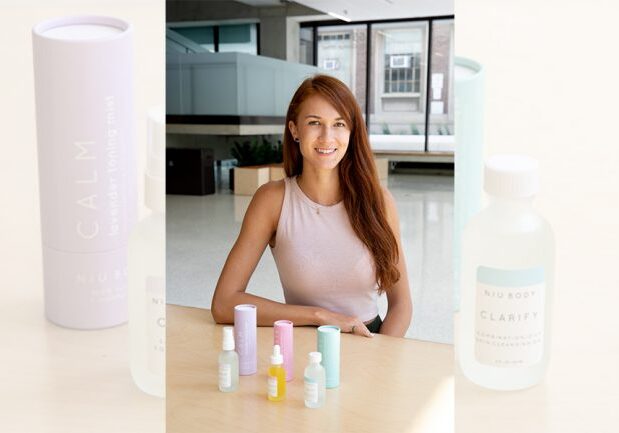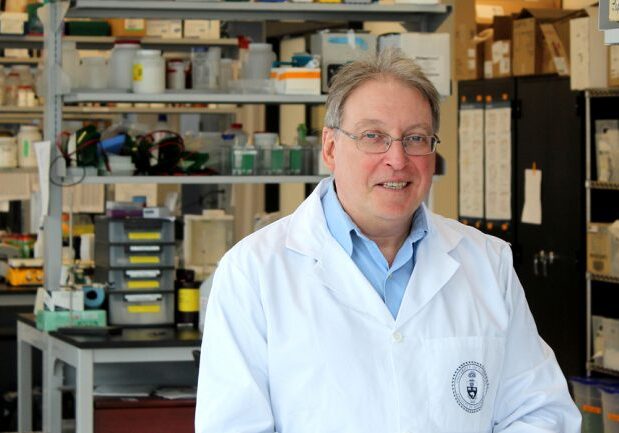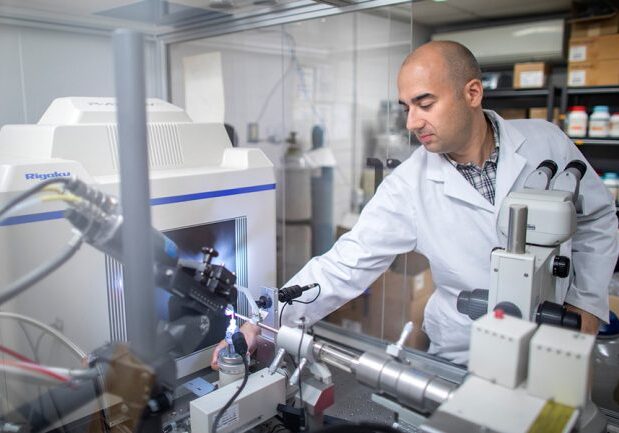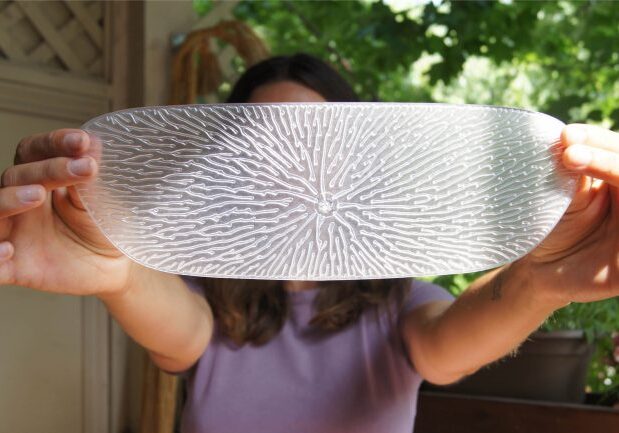
Why don’t more Torontonians cycle to work?
New U of T Engineering study maps cycling stress levels and accessibility across the city

This U of T Engineering alumna spotted a blemish in the skincare industry — and started her own company to tackle it
Laura Burget shares her experience launching natural beauty line NIU BODY and how a fourth-year class inspired her entrepreneurial journey

This U of T Engineering innovation makes implants safer, and is attracting new investment to Toronto
Global chemical company Evonik will maintain presence in Toronto after acquiring part of U of T spinoff Interface Biologics, Inc.

U of T Engineering researchers to harness quantum properties of light for biomedical imaging, security and more
Professor Amr Helmy (ECE) and his team are working to develop cost-effective applications of quantum sensor technologies

Contamination-eating microbes are ready for action
A new public-private collaboration enables field trials of bacterial cultures that can degrade hazardous waste

U of T Engineering researchers could lower the cost of producing lab-grown meat
Senior researcher Peter Stogios and his team are using a grant from the Good Food Institute to research new production methods for cell-based meat




